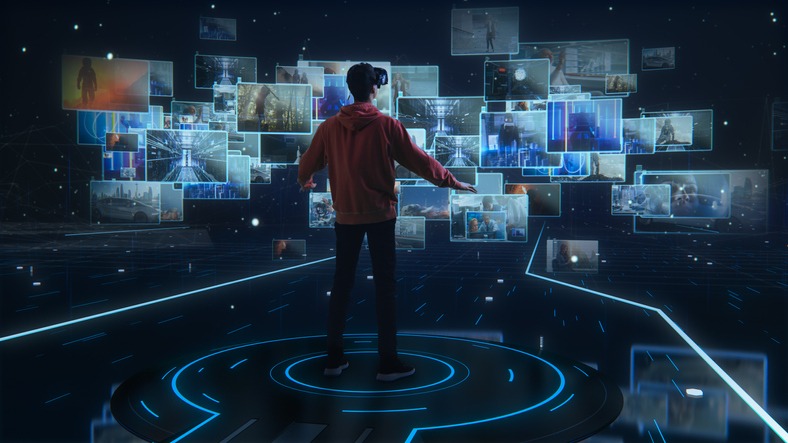What does VFX mean? In simple terms, VFX is just an abbreviation of the word visual effects. Visual effects are how you can create or manipulate an image out of context from the reality or live action recorded or shot while filming a video.
VFX’s use has helped boost or upgrade the entertainment sector, for instance, in music video production or movie production. VFX enables filmmakers to create environments, creatures, objects, and people that would not have existed or be impossible to record in live-action.
VFX helps us experience a fantastical world that would not have otherwise happened. We have all experienced the impact of VFX in movies, video games, commercials, and even music videos. In most countries, VFX is still developing. They are working to improve the output quality; for example, if you are looking for a good VFX studio in Nigeria, you could be disappointed due to the lack of options, even though several types are listed below.
Computer Generated Imagery (CGI)
Computer-generated imagery is an application of computer graphics, specifically 3D computer graphics. CGI is a type of visual effect and easy for people, more so those out of the filming industry. To sum up, all the visual effects are under the umbrella of CGI. Computers are very vital for all forms of visual effects. CGI is imagery made solely within a computer, and other forms of visual FX use them to improve live-action footage.
Compositing and green screen VFX
Compositing is an art defined as combining several images into a single image. An example can be to use double exposure. Apart from double exposure, the most common and popularly known compositing method is shooting with the green screen or the blue screen. This method is mostly known as chroma keying, and it can also be defined in other terms as a solid background color replaced with another background image. This technique is widely used in movie productions and any other film industry.
Motion capture visual
Motion capture involves the recording of the movements of people or objects. This technology originated from the life science market for gait analysis. It is now widely used by VFX studios, neuroscientists, and sports therapists to validate and control robotics and computer vision. Video game development and the film industry refer to recording actors’ actions and using the information to make animated digital characters. It is known as performance capture when it involves the fingers and face or captures minimal expressions.
Storyboarding and animation
In special effects work and animation, the storyboarding stage is always followed by simplified mock-ups, known as animatics, to give a clear picture of how a scene will appear and feel with motion and timing. An animatic is a series of still images displayed in sync with scratch vocals, essentially giving a simplified overview of how several auditory elements and visuals will work in collaboration.
Conclusion
In conclusion, VFX are good when they collaborate with everything else. When perfectly done, it should be seamless or not be noticed at all. It makes us conclude that VFX is a game changer for the filming industry and should be considered the industry’s greatest milestone.

